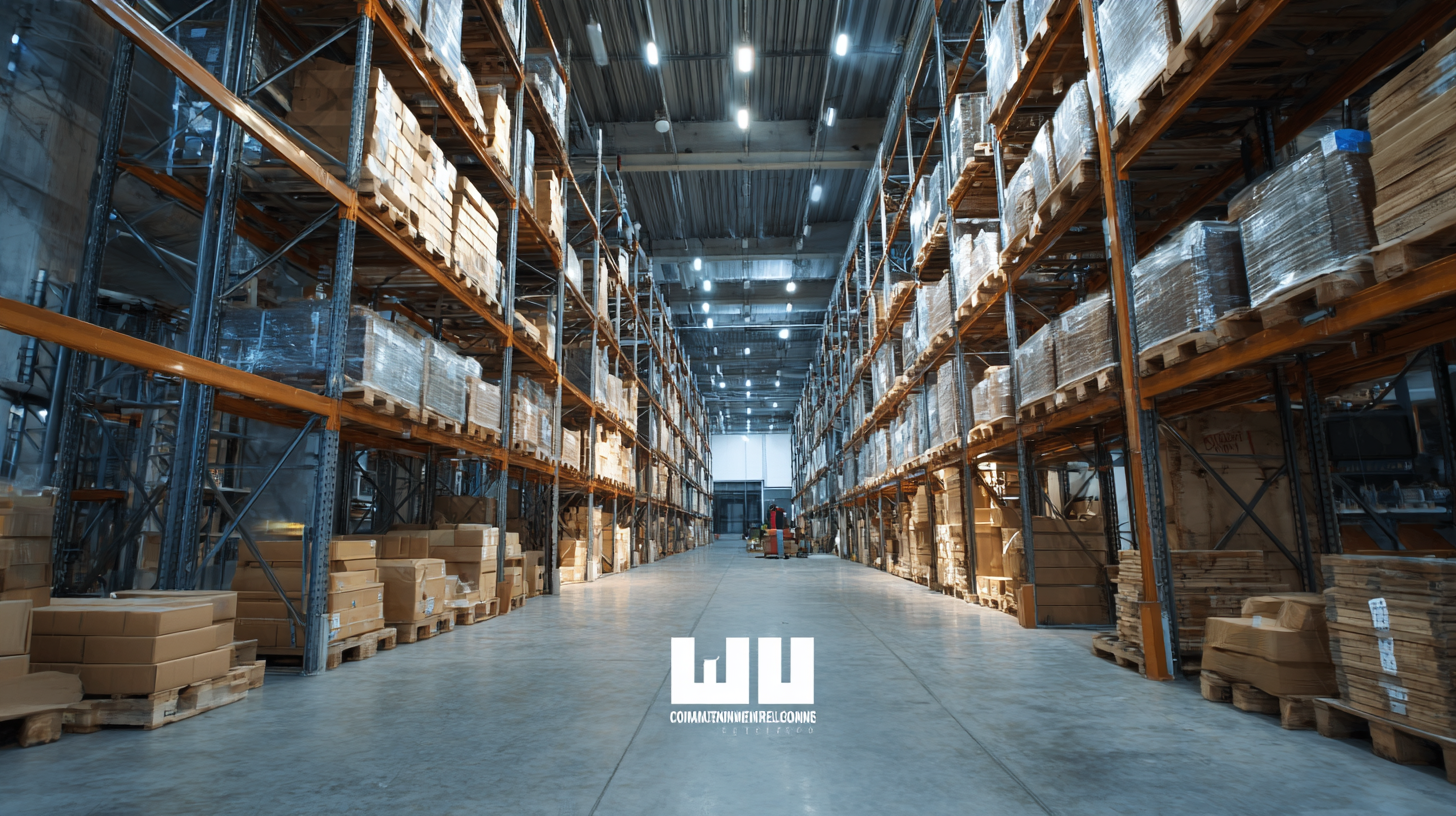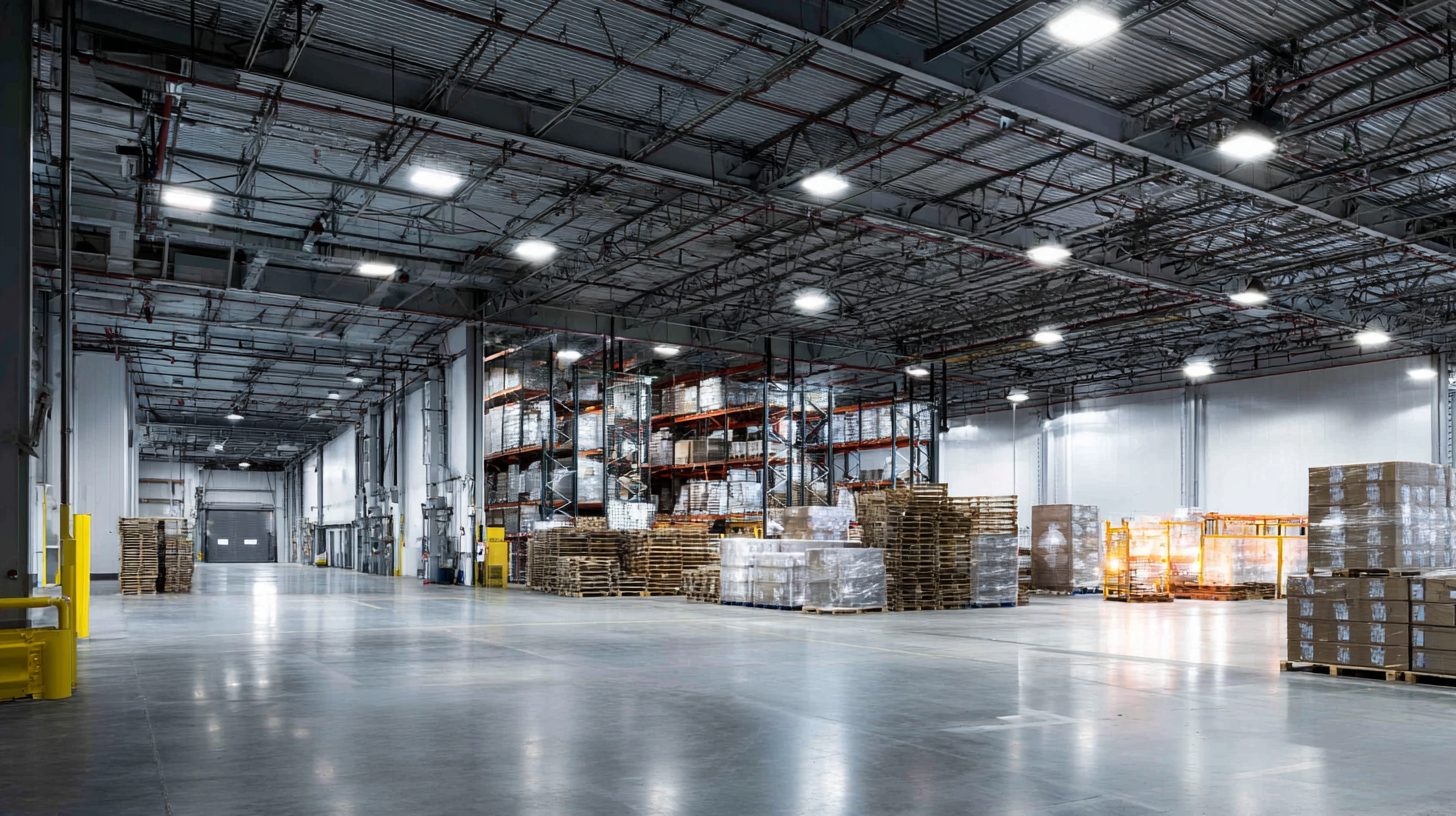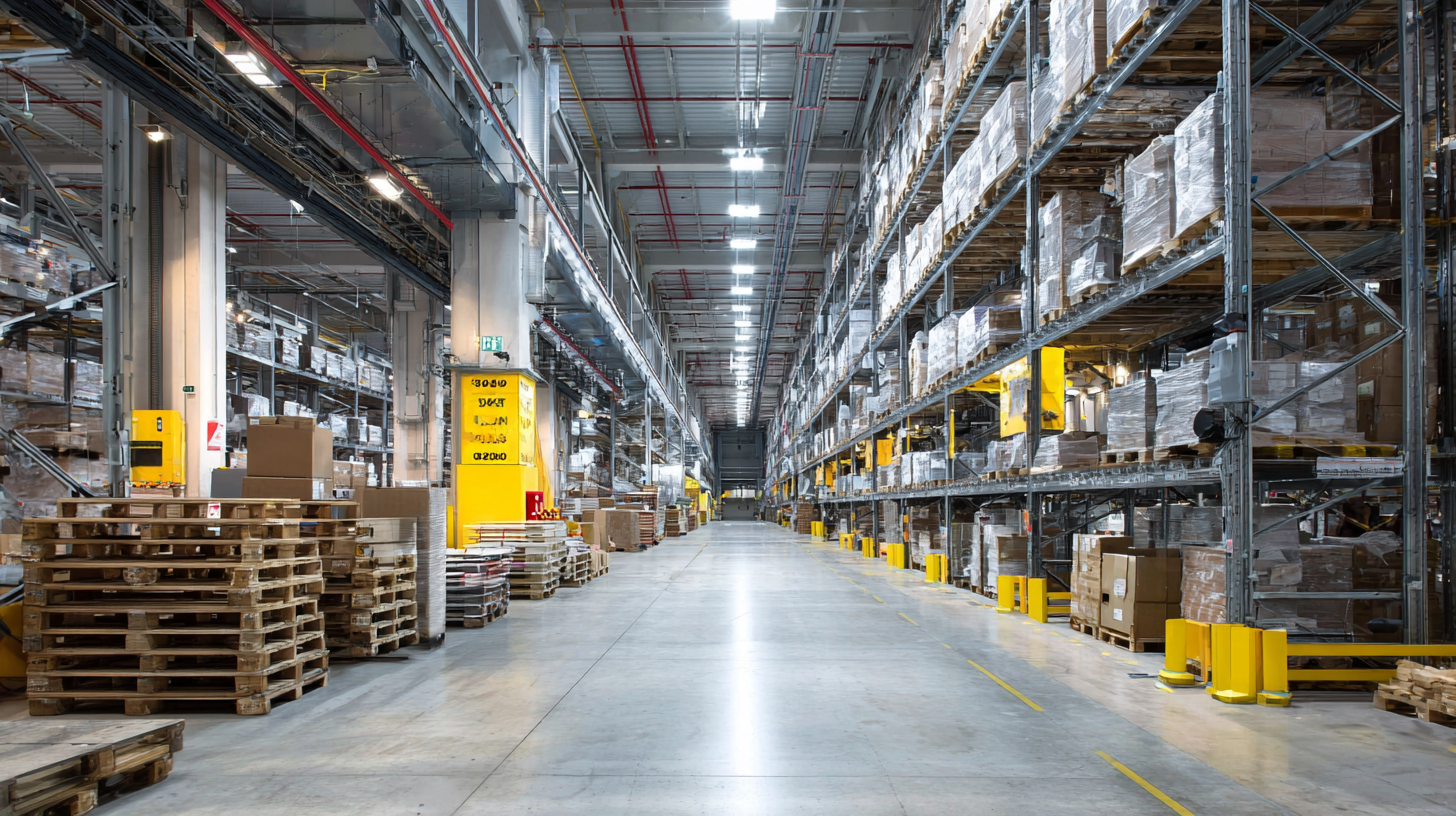Unlocking Energy Efficiency in Warehouses with Best Commercial Led Lighting Solutions
As the demand for energy-efficient solutions in industrial sectors intensifies, warehouses are increasingly recognizing the importance of adopting advanced technologies. According to a report by the U.S. Department of Energy, lighting accounts for approximately 35% of a warehouse's total energy usage, emphasizing the need for efficient alternatives. In 2025, the commercial sector is expected to see a significant shift towards more sustainable practices, with Commercial LED Lighting leading the charge.
 These LED solutions are not only more energy-efficient but also provide better illumination quality, resulting in enhanced productivity and safety in warehouse operations. Industry projections suggest that transitioning to Commercial LED Lighting could reduce lighting-related energy costs by up to 75%, making it a pivotal investment for warehouse managers aiming to optimize their operations and minimize environmental impact.
These LED solutions are not only more energy-efficient but also provide better illumination quality, resulting in enhanced productivity and safety in warehouse operations. Industry projections suggest that transitioning to Commercial LED Lighting could reduce lighting-related energy costs by up to 75%, making it a pivotal investment for warehouse managers aiming to optimize their operations and minimize environmental impact.
Understanding the Importance of Energy Efficiency in Warehouse Operations
When it comes to warehouse operations, energy efficiency plays a critical role in maximizing productivity while minimizing costs. A significant portion of a warehouse's energy consumption comes from lighting. Traditional lighting solutions often lead to excessive energy use and higher operational costs. Therefore, adopting energy-efficient commercial LED lighting solutions can transform both the economic and ecological footprint of a warehouse.
LED lighting not only reduces energy consumption but also enhances the overall working environment. With their longer lifespan and reduced maintenance requirements, LEDs contribute to lower long-term costs. Additionally, improved lighting quality can boost employee productivity and safety by providing better visibility. Understanding the importance of energy efficiency in warehouse operations is essential as it aligns with sustainability goals, ensuring that businesses can thrive while being environmentally responsible. Investing in advanced lighting solutions is a step towards optimizing operations and achieving a competitive edge in the industry.
Energy Efficiency in Warehouse Operations
This chart illustrates the energy consumption of traditional lighting versus LED lighting in warehouse operations, highlighting the potential savings achieved through the implementation of energy-efficient lighting solutions.
Exploring the Advantages of LED Lighting Over Traditional Warehouse Lighting
In the quest for energy efficiency within warehouses, transitioning to LED lighting offers a transformative solution that directly addresses the limitations of traditional lighting systems. Conventional fluorescent or incandescent bulbs can often waste energy through heat production and require frequent replacements, leading to increased maintenance costs and operational downtime. In contrast, LED lights are designed to be energy-efficient, converting a higher percentage of energy into visible light without generating excessive heat. This not only reduces electricity bills but also decreases the carbon footprint of warehouse facilities.
Moreover, LED lighting provides superior illumination quality, which is crucial in a warehouse environment where visibility can significantly impact productivity and safety. The bright, uniform light emitted by LEDs enhances the ability to see products clearly, minimizing the risk of accidents and errors during inventory handling. Additionally, the longer lifespan of LED fixtures means fewer interruptions for bulb changes, allowing staff to focus on their tasks without the distraction of lighting failures. With additional benefits such as low maintenance requirements and the availability of smart lighting controls, it's clear that LED lighting solutions represent a modern approach to optimizing warehouse operations.

Top Commercial LED Lighting Solutions That Enhance Warehouse Productivity
In today's competitive marketplace, enhancing warehouse productivity is vital for operational efficiency, and one of the most impactful ways to achieve this is through optimizing lighting solutions. Recent studies have shown that upgrading to LED lighting can result in energy savings of up to 75%, significantly reducing operating costs while improving light quality and distribution. The Department of Energy reports that efficient lighting not only minimizes energy consumption but also increases the overall safety and comfort of warehouse environments, leading to higher employee productivity.
One of the top commercial LED lighting solutions designed for warehouses includes high-bay fixtures, which provide excellent illumination for large spaces. These fixtures can deliver 130 lumens per watt or more, ensuring bright and consistent lighting even in high ceilings. Additionally, smart lighting controls, such as motion sensors and dimmers, can further enhance energy efficiency by automatically adjusting light levels based on occupancy and natural light availability. Investing in these advanced LED solutions not only contributes to substantial energy savings but also fosters an environment that maximizes employee performance and satisfaction.
Implementing Smart Lighting Controls for Optimal Energy Management
Implementing smart lighting controls in warehouses is a transformative approach that significantly enhances energy management. According to the U.S. Department of Energy, lighting accounts for about 30% of a warehouse's energy use. By integrating advanced lighting systems with sensor technologies and IoT capabilities, businesses can reduce their energy consumption by up to 60%—a significant saving that contributes to both operational efficiency and sustainability efforts.

Smart lighting solutions can adjust the intensity of illumination based on occupancy or natural light availability, ensuring that spaces are only lit when necessary. A report by Navigant Research indicates that the global smart lighting market is expected to reach $63 billion by 2025, driven by the push for energy efficiency and reduced operational costs. With features such as motion detection, automated dimming, and remote monitoring, warehouse operators can not only optimize energy use but also enhance the overall working environment, leading to improved employee productivity and morale.
Future Trends in Warehouse Lighting: Sustainability and Technological Innovations
The future of warehouse lighting is shifting towards sustainability and technological innovations that promise to transform operational efficiency. According to a report by the U.S. Department of Energy, LED lighting can reduce energy consumption in commercial buildings by up to 75% compared to traditional incandescent lighting. This dramatic decrease not only results in substantial cost savings for warehouse operations but also aligns with global goals for carbon footprint reduction. With warehouses often operating around the clock, the impact of switching to energy-efficient solutions is significant.
Technological advancements are also paving the way for smart lighting solutions that optimize energy use further. Intelligent lighting systems equipped with motion sensors and IoT integration can adjust brightness based on real-time occupancy data. A study by the McKinsey Global Institute highlighted that implementing such systems could lead to energy savings of up to 30% in warehouse environments. As sustainability and innovation converge, warehouses adopting these modern lighting solutions are not only enhancing their efficiency but also setting a standard for environmental responsibility in the industry.
